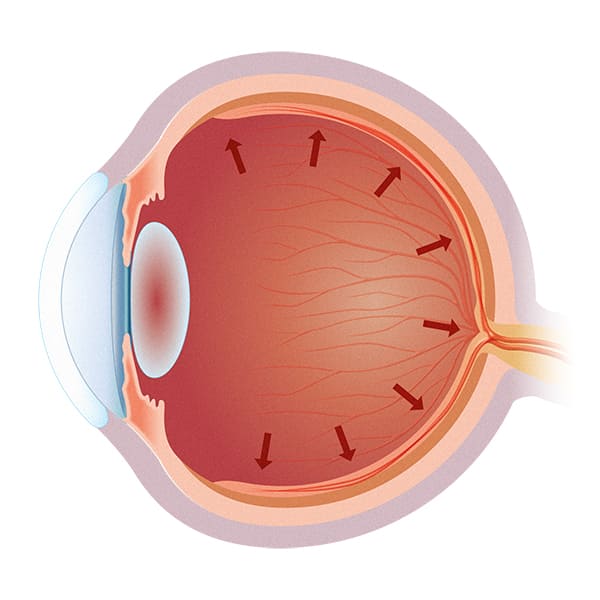Diagnosis
For a diagnosis of ocular hypertension, it is necessary to consult a medical specialist, the ophthalmologist, who will carry out some specific tests (such as tonometry, a specific technique that measures intraocular pressure) and can indicate the best course of action to take.
Since ocular hypertension may remain harmless or, on the contrary, may be associated with major diseases, it is essential to have regular check-ups to keep it constantly monitored.
Treatment
In treating ocular hypertension, the main purpose is to reduce eye pressure and try to keep it within standard levels, to avoid any possible decrease in vision.
In the case of isolated ocular hypertension, without risk factors or evidence of other clinical signs, regular and frequent check-ups may be sufficient, without the need for treatment.
However, after an overall assessment, the ophthalmologist may decide to prescribe a therapy based on eye drops and/or drugs to be taken orally.

